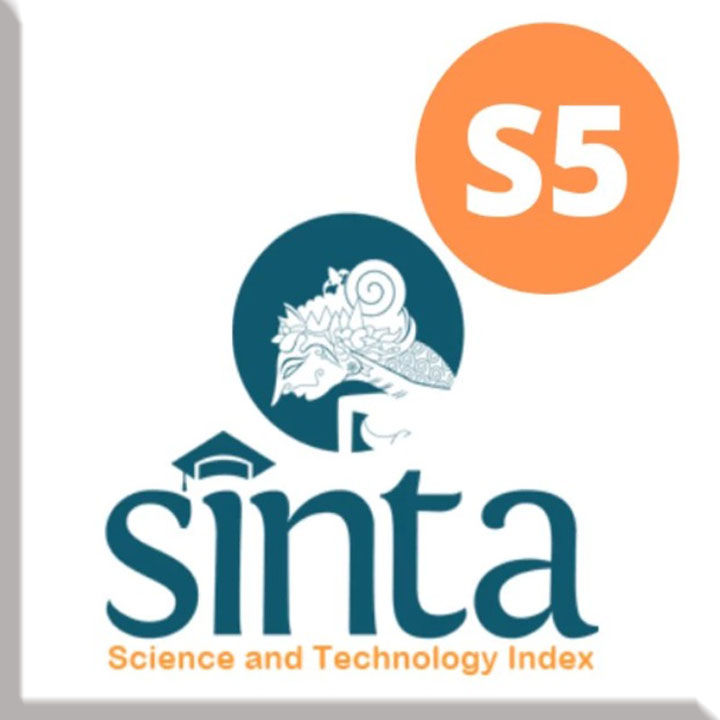Peer Review Process
The "Peer Review Process" involves several stages, starting from the submission of a journal article to an online journal system (such as OJS) and culminating in the publication decision.
-
Submission by Author:
- The process begins when an author submits their research manuscript to the online journal system (OJS). The manuscript includes their original research findings and follows the journal's submission guidelines.
-
Initial Screening by Manager and Chief Editor:
- Upon receiving the submission, the journal's manager and chief editor review the manuscript to determine whether it aligns with the journal's focus and scope. They assess the suitability of the article for further review.
-
Assignment to Reviewers:
- If the manuscript meets the journal's criteria and is deemed suitable for peer review, it is assigned to one or more external reviewers. These reviewers are experts in the field relevant to the manuscript's subject matter.
-
Peer Review:
- Reviewers conduct a thorough evaluation of the manuscript. They assess its quality, originality, methodology, relevance, and overall contribution to the field. Reviewers may also provide constructive feedback and suggestions for improvement.
-
Review Feedback to Author:
- After completing their review, the reviewers provide feedback to the author through the journal's online system. This feedback includes comments and recommendations on how to enhance the manuscript.
-
Author Revisions:
- Authors receive the reviewers' comments and suggestions and are given a specified timeframe to revise and improve their manuscript accordingly. They may need to make changes to address the reviewers' concerns and clarify any points.
-
Second Review (Optional):
- In some cases, the revised manuscript may be sent back to the original reviewers for a second review to ensure that the suggested improvements have been adequately addressed.
-
Editorial Decision:
- Based on the feedback from the reviewers and the quality of the revised manuscript, the chief editor and editorial team make a publication decision. The possible decisions include:
- Accept: The manuscript is accepted for publication.
- Minor Revisions: The manuscript requires minor revisions before acceptance.
- Major Revisions: Significant revisions are needed before reconsideration.
- Reject: The manuscript does not meet the journal's standards.
- Based on the feedback from the reviewers and the quality of the revised manuscript, the chief editor and editorial team make a publication decision. The possible decisions include:
-
Notification to Author:
- Authors are informed of the editorial decision, and they receive feedback from the reviewers and editor. If revisions are required, authors are provided with clear instructions on how to proceed.
-
Final Manuscript Submission:
- Once the manuscript is accepted, the author submits the final version, incorporating any required changes.
-
Copyediting and Proofreading:
- The journal's editorial team may perform copyediting and proofreading to ensure clarity, consistency, and adherence to journal style.
-
Publication:
- The article is formally published in the journal, typically appearing in an online format. Readers from the academic and research community can access and cite the published work.












